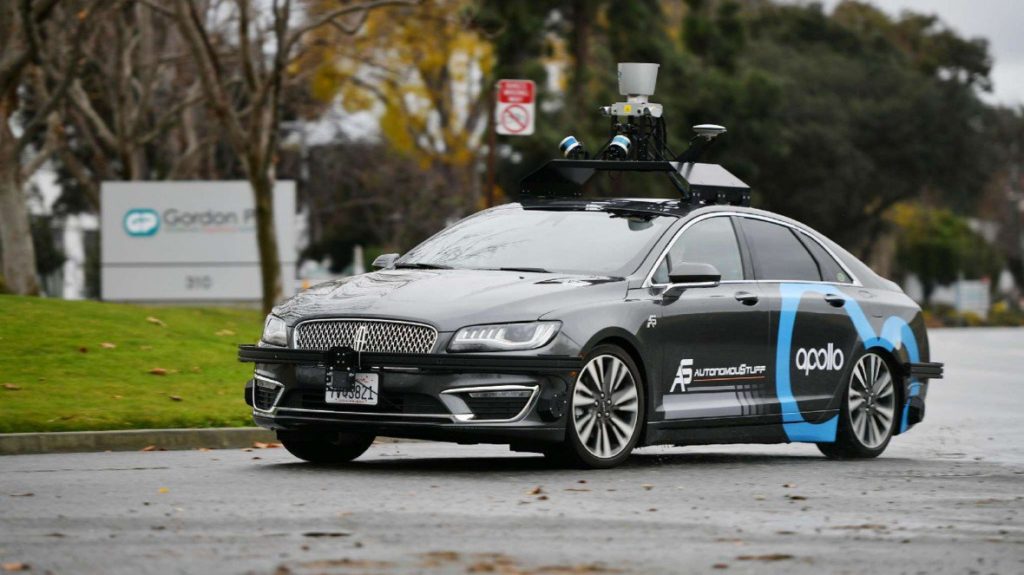Though it makes a good headline, it appears to be somewhat unfair to Baidu. It says "Of the 1,971 miles driven, 1,323.78 were driven in November 2017 alone, with 9 disengagements. Remove this month from the figures and the disengagements rise to one every 16.6 miles (31.6km)".
Purpose of testing is to improve. Therefore more recent data are more relevant. In Nov 2017, the last month of reporting, there were 9 disengagements for 1323.78 miles driven. That is, 147 miles per disengagement, far better than two averages presented here - 41 miles and 16.6 miles - to catch the attention of readers.







